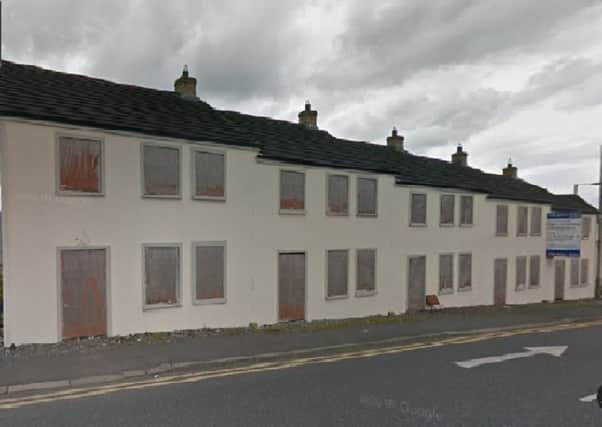112 abandoned sites in Mid Ulster face rates bills


The move is part of a radical re-think of rates unveiled by Stormont’s Finance Minister Mairtin O Muilleoir, who is proposing to develop a derelict property levy.
Across Northern Ireland, 1,800 problem properties have already been identified.
Advertisement
Hide AdAdvertisement
Hide AdThe new survey, which includes 23 sites and derelict properties in the Dungannon area - and highlights sites such as empty commercial properties and former police stations - is a grim illustration of the housing crisis affecting the district.
However, it is believed there are hundreds of neglected sites and empty properties across the Mid Ulster district despite widespread concerns of a housing shortage and rising homelessness.
A decade ago at the height of the property boom, many of the building sites and properties were the subject of bidding wars, but the council hit list, which is ongoing and expected to last two years, reveals how they have sank into neglect.
Deserted and unmaintained, many of the sites are blighted by illegal dumping, vandalism and anti-social behaviour.
Advertisement
Hide AdAdvertisement
Hide AdOthers are in danger of collapse or are significantly impairing regeneration, according to council officers.
They include the abandoned site of a former secondary school on the Donaghmore Road, Dungannon, nine derelict town houses in Fivemiletown, multiple idle building sites at Millbrook, Coalisland, empty commercial properties, a derelict police station in Stewartstown, and infill sites around Coalisland that are plagued by illegal dumping.
It is hoped that the new initiative will raise extra rates and prompt property owners to either sell or develop their sites.
It is believed that there are thousands of houses in South Tyrone and Fermanagh registered as empty, one of the highest totals in Northern Ireland.
Advertisement
Hide AdAdvertisement
Hide AdThe glut of properties are mostly dotted throughout the local countryside, with many of the homes unoccupied since they were built during the housing boom, which ended in 2008.
Many of the homes are being held from sale or rental by investors and developers until the market improves.
A total of 65 percent of the district’s empty homes are situated in rural areas.